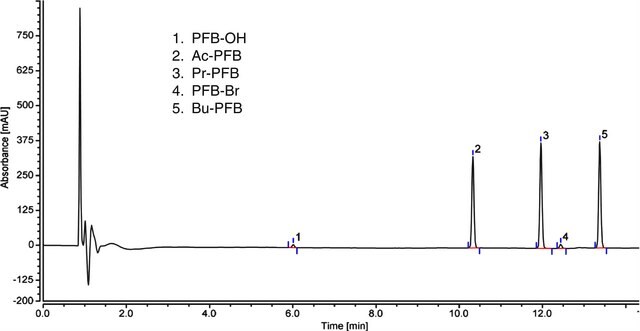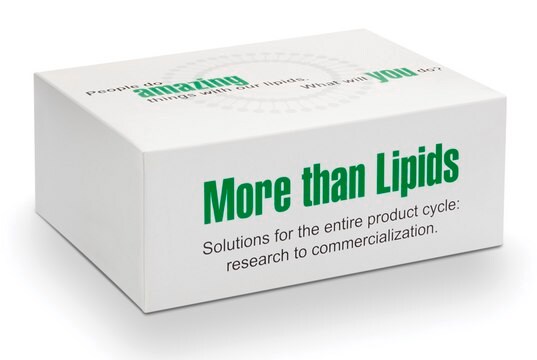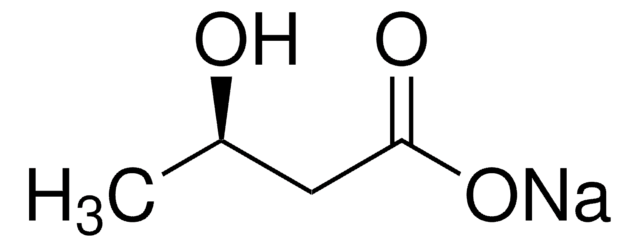MAK134
Ketone Body Assay
sufficient for 200 tests (UV)
Synonym(s):
Ketone Quantification Kit
About This Item
Recommended Products
usage
sufficient for 200 tests (UV)
feature
This kit is sufficient for up to 100 assays of 3-hydroxybutyric acid (BOH) and up to 100 assays of acetoacetic acid (AcAc) in 96 well plates.
detection method
colorimetric
relevant disease(s)
endocrinological disorders, diabetes; neonatal diseases; pediatric diseases; cancer
storage temp.
−20°C
Related Categories
General description
Application
Features and Benefits
Suitability
Principle
Storage Class Code
10 - Combustible liquids
Choose from one of the most recent versions:
Certificates of Analysis (COA)
Don't see the Right Version?
If you require a particular version, you can look up a specific certificate by the Lot or Batch number.
Already Own This Product?
Find documentation for the products that you have recently purchased in the Document Library.
Customers Also Viewed
Our team of scientists has experience in all areas of research including Life Science, Material Science, Chemical Synthesis, Chromatography, Analytical and many others.
Contact Technical Service







